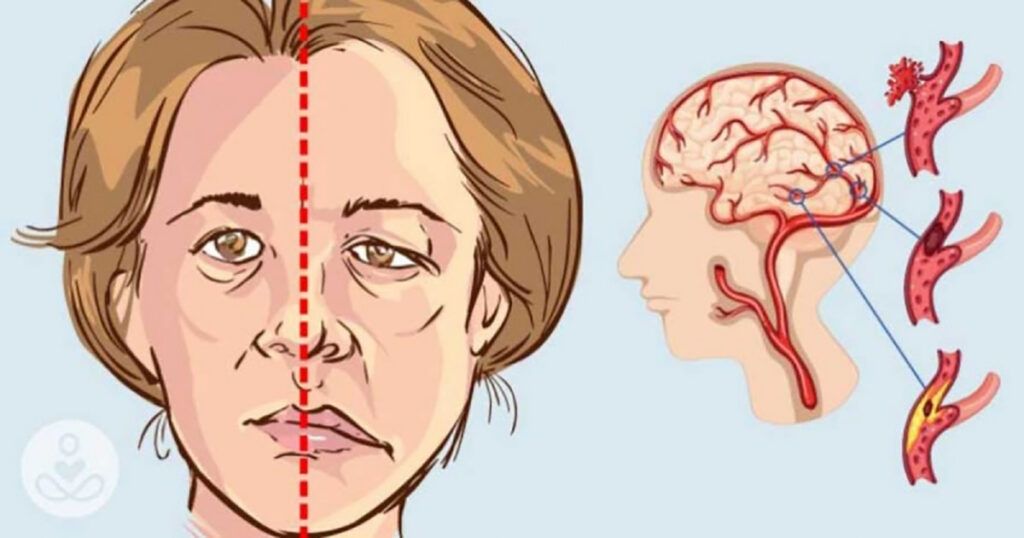From the content of the article
A stroke occurs when blood flow to the brain is blocked or when a blood vessel ruptures and leaks blood into the brain.
Stroke was the fourth leading cause of death in the US last year, accounting for 162,600 deaths, according to preliminary data.
American Stroke Association (ASA) has recently issued updated advice urging healthcare workers to screen for stroke risk factors such as high blood pressure, high cholesterol, high blood sugar and obesity, as up to 80% of these incidents are preventable .
“The most effective way to reduce stroke and stroke death is to prevent the first stroke — called primary prevention,” said Dr. Cheryl D. Bushnell, chair of the guideline writing group. SO.
“Some populations have an increased risk of stroke, whether due to genetics, lifestyle, biological factors, and/or social determinants of health. And in some cases, people are not getting adequate screening to identify their risk,” Bushnell said.
How can a stroke be prevented?
The updated ASA recommendations — which replace the 2014 guidelines — encourage adults to follow the Mediterranean diet, regardless of stroke risk. The plant-based eating plan emphasizes:
- fruits,
- legume,
- whole grain cereal,
- healthy fats,
- no red meat and no sugar.
The ASA, a division of the American Heart Association, also suggests reducing stroke risk by:
- regular exercise,
- enough sleep,
- maintaining a healthy weight,
- cholesterol control,
- stress management
- blood pressure and blood sugar,
- avoiding smoking.
Health professionals should screen patients for sedentary behavior – adults should do at least 150 minutes per week of moderate-intensity aerobic activity or 75 minutes per week of vigorous exercise or a mixture of both during the week.
Adults should also be screened and educated about the importance of nonmedical factors, such as education, financial stability and access to health care and food, as well as neighborhood walkability, the ASA said.

Higher risk of stroke for women
In turn, women may need to be tested more often than men for stroke risk.
Their risk factors include birth control pill use and pregnancy complications such as high blood pressure and premature birth. Also, women tend to live longer. About 55,000 more women than men have a stroke each year in the US, according to the ASA.
To help inform preventive treatment, the American Heart Association last year introduced the Updated Risk Calculator (PREVENT), which can estimate the 10- and 30-year risk of stroke and heart disease in people over 30.

Warning signs of stroke
Experts use the acronym BE FAST to quickly recognize the warning signs of a stroke and know when to call 911.
- B (balance) is for balance – difficulty walking.
- E (eyesight) is for sight – double vision, blurred vision, vision loss.
- F (facial droop) is for a slanted or crooked smile.
- A (arm weakness) means weakness or numbness of the arm. This also applies to weakness or numbness in the legs.
- S (speech) is for speech changes.
- T (time) stands for time – the time to call 112.
Source: www.doctorulzilei.ro


